Every parent with a son wonders when to start potty training. Some parents implement a potty training schedule, while others scour the internet for potty training tips. Step-by-step guides and helpful tips abound, but how can you sift through it all? The answer to how to potty train a boy lies in the methods used and your son’s readiness.
-
Tracking cycle
-
Getting pregnant
-
Pregnancy
-
Help Center
-
Flo for Partners
-
Anonymous Mode
-
Flo app reviews
-
Flo Premium New
-
Secret Chats New
-
Symptom Checker New
-
Your cycle
-
Health 360°
-
Getting pregnant
-
Pregnancy
-
Being a mom
-
LGBTQ+
-
Quizzes
-
Ovulation calculator
-
hCG calculator
-
Pregnancy test calculator
-
Menstrual cycle calculator
-
Period calculator
-
Implantation calculator
-
Pregnancy weeks to months calculator
-
Pregnancy due date calculator
-
IVF and FET due date calculator
-
Due date calculator by ultrasound
-
Medical Affairs
-
Science & Research
-
Pass It On Project New
-
Privacy Portal
-
Press Center
-
Flo Accuracy
-
Careers
-
Contact Us
Potty Training Boys: A Step-by-Step Guide


Every piece of content at Flo Health adheres to the highest editorial standards for language, style, and medical accuracy. To learn what we do to deliver the best health and lifestyle insights to you, check out our content review principles.
When to start potty training a boy
The right time to potty train a boy varies from child to child. Just because another child of the same age has begun potty training doesn’t mean that it’s time for your child to begin.
Most children are physically ready to potty train at around 18 months. This is when they have more control of their muscles and can control, to an extent, when they poop or urinate. You may see your child squirm or look uncomfortable when having a bowel movement or urinating. They may become shy or embarrassed or squat when they poop. They may not develop the cognitive skills they need to potty train until they are about two years old.
Social skills, motor skill development, and the capability for complex thinking are also all vital when determining when to start potty training your child. Some research has shown that children who begin to potty train before they’re fully developed take longer to complete the process.
Even if you’re eager to ditch the diapers, you need to be patient. Potty training a boy may take a bit longer than for a girl. Boys begin to potty train an average of three to six months later than girls.
To figure out when to start potty training your little boy, take note of their expressions and discomfort, as well as any interest they express in the bathroom or toilet. Most boys begin to learn to use the toilet around two years old or a little later.
Potty training gear
Your presence, encouragement, and interaction are vital parts of potty training your little boy. Here are some other tools you can use to begin potty training a boy.
- Potty chair — The potty chair is the most tried-and-true tool of toilet training. You can put the potty chair wherever your child currently spends the most time and eventually bring it to the bathroom. Reading, playing, and even just sitting on the potty chair for short, frequent intervals can get your child used to the idea and feel of a toilet.
- Diapers and a diaper bag — The process could take a little while. Keep diapers on hand while your child transitions.
- Underwear or training pants — Once your child has gotten the hang of toilet training, you can change to training pants and eventually underwear.
- Wet wipes — When potty training, teach your son proper hygiene with wet wipes. These can also make the process of cleaning any accidents easier.
- Toys and games — While your little boy sits on the potty chair, interact with him and make the process enjoyable. You’ll need to keep his attention during training sessions.
- A reward system — Whether it’s snacks or stickers, rewarding your toddler for a good bathroom break or for identifying proper toilet “procedures” will reinforce the right behaviors. A potty training schedule can help demonstrate good days and accidents.
- Change of clothes and extra undergarments — Being prepared is just as important as being patient. There will still be accidents for a little while, so keep a change of clothes and underwear close by, especially when you’re going out.
Step-by-step potty training plans for boys
Take a quiz
Find out what you can do with our Health Assistant
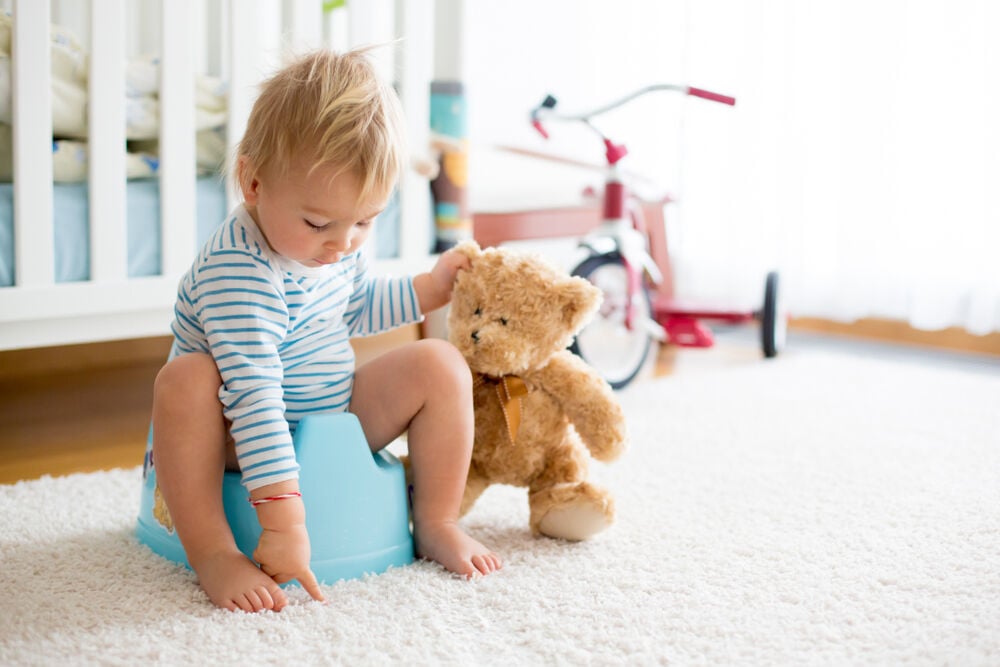
The two most popular potty training methods are the child-oriented (CO) toilet training method and the Foxx-Azrin method. The first method is common for parents who wish to teach a child gradually, while the second method is used by parents who need a child to be toilet trained on short notice or in a short window of time.
Both methods require the child to have appropriate motor skills before beginning and be psychologically ready. They also must be able to follow directions and complete tasks when instructed. Parents should be ready for periods of disinterest and setbacks, especially with the CO method. If the Foxx-Azrin method is too rigorous, don’t force your child; let them take their time.
The CO method
- Introduce a potty chair at approximately 18 months.
- Teach your child to sit on the potty while you use the toilet. Let your son leave the potty whenever they want.
- After one to two weeks, remove your child’s diaper while they sit on the potty.
- Once they are comfortable with the potty, bring the diaper and your little boy to the toilet and empty its contents into the potty.
- Explain the use of the potty to your child and what goes in it.
- If your child understands, they will continue to sit on the potty on their own.
- As your toddler becomes accustomed to the potty, remove their diaper for short periods of time while they sit on the toilet. Encourage them to sit on the potty and pee or poop at will. It’s a good idea to teach boys to pee sitting down first and later, standing up.
- As the child understands and progresses, introduce training pants.
- If it doesn’t come naturally, teach nap and nighttime training along with daytime training.
The Foxx-Azrin method
- Begin training at 20 months, after introducing your toddler to the potty by letting them watch others on the toilet, teaching them toilet words, and showing them how to follow instructions.
- Begin to train your toddler in a room that doesn’t have many distractions, and use tools like a doll that wets itself as a demonstration. Have your child drink plenty of fluids before beginning training to ensure frequent urination.
- Immediately begin to provide positive reinforcement for positive toilet skills (like sitting on the potty), and don’t reinforce acts that could distract from the task at hand.
- If an accident occurs, reprimand the child verbally but don’t reinforce it. Have them change their soiled clothing.
- After the accident, engage in 10 “positive practice” activities that include teaching specific toilet actions.
- Teach the toddler to check themself and identify wet and dry pants. You should reward dry pants during regular checks, about every three to five minutes.
- Teach the child to walk to the potty, lower their pants, sit calmly for a few minutes, stand up, and raise their pants. If the child peed in the potty, praise them and show them how to empty the pot.
- These potty sessions should continue every 15 minutes all day, decreasing in frequency as your child gets the hang of it. Check their pants every five minutes and have them sit on the potty for 10 minutes. Your child will begin to understand, and you can decrease the amount of time spent on the potty.
- Begin to praise them only after a potty session where they urinate, and don’t reward wet pants.
- Keep positive reinforcement up for the next few days. If they have an accident, repeat steps 4 and 5.
How long does it usually take to potty train a boy?
It can take months to fully potty train your little boy. Most children are fully trained by age 3. It’s a complex skill, so it may take a bit longer for some children.
The takeaway
Potty training for boys is a rewarding process! By starting at the right time and adopting a method that suits your child, you can find success. Remember to reinforce positive behavior and enjoy the time you have with your child. This is a huge milestone, and it should be celebrated!

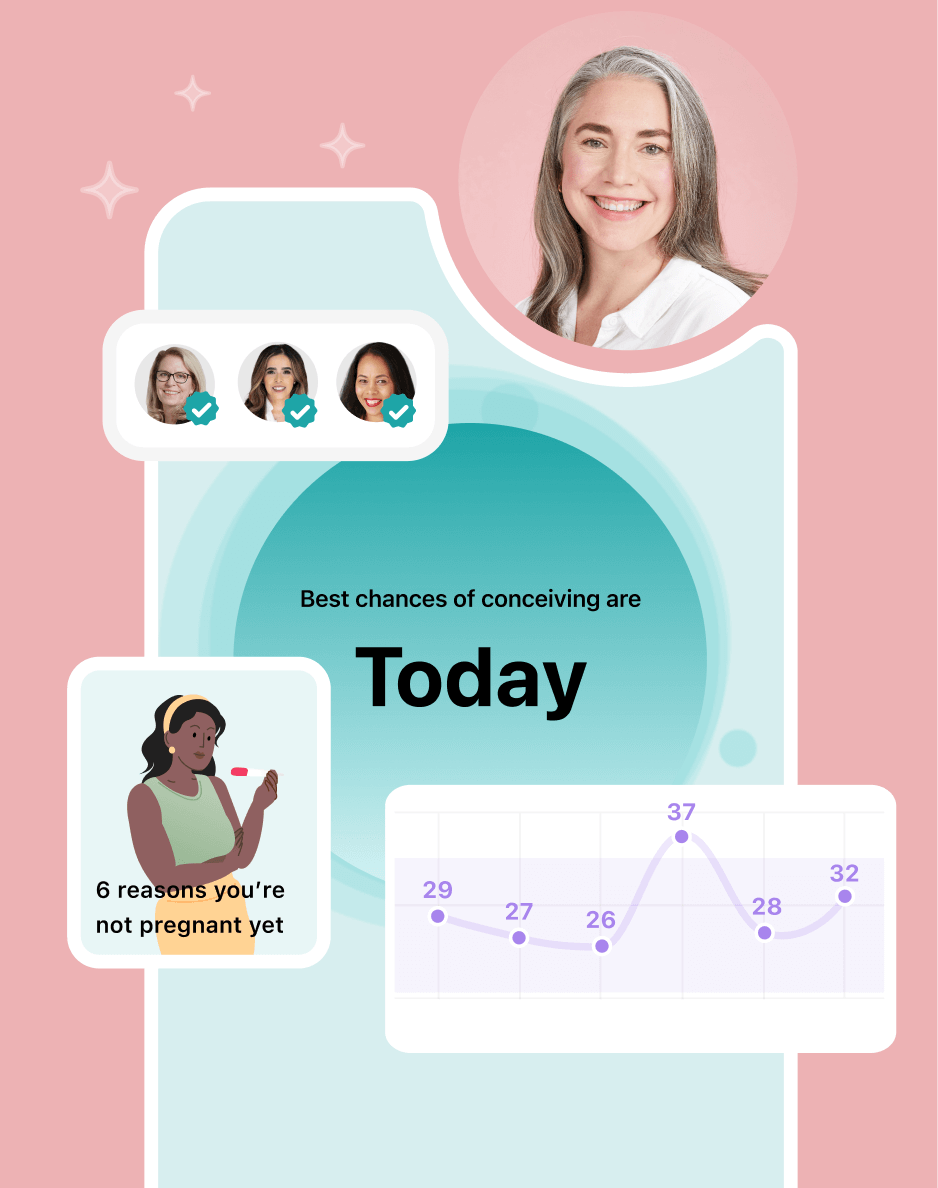
Hey, I'm Anique
I started using Flo app to track my period and ovulation because we wanted to have a baby.
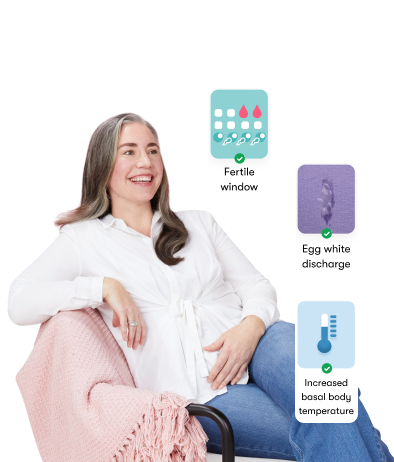
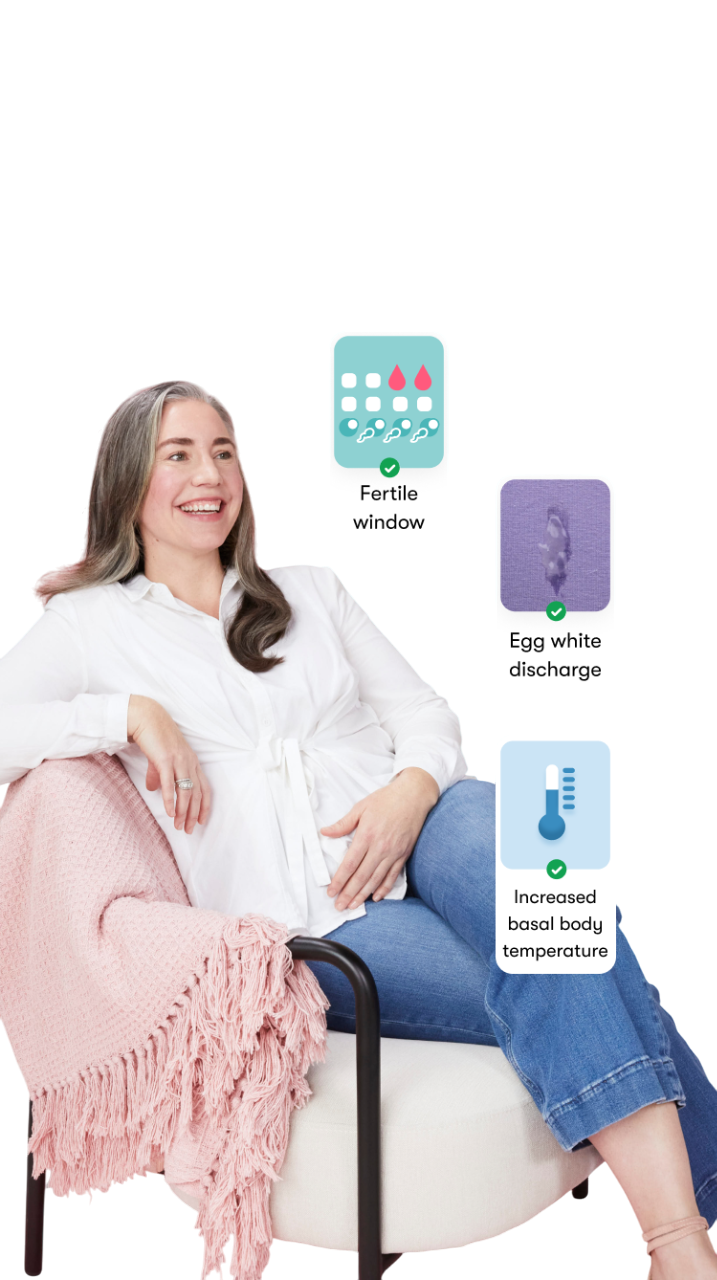
The Flo app helped me learn about my body and spot ovulation signs during our conception journey.
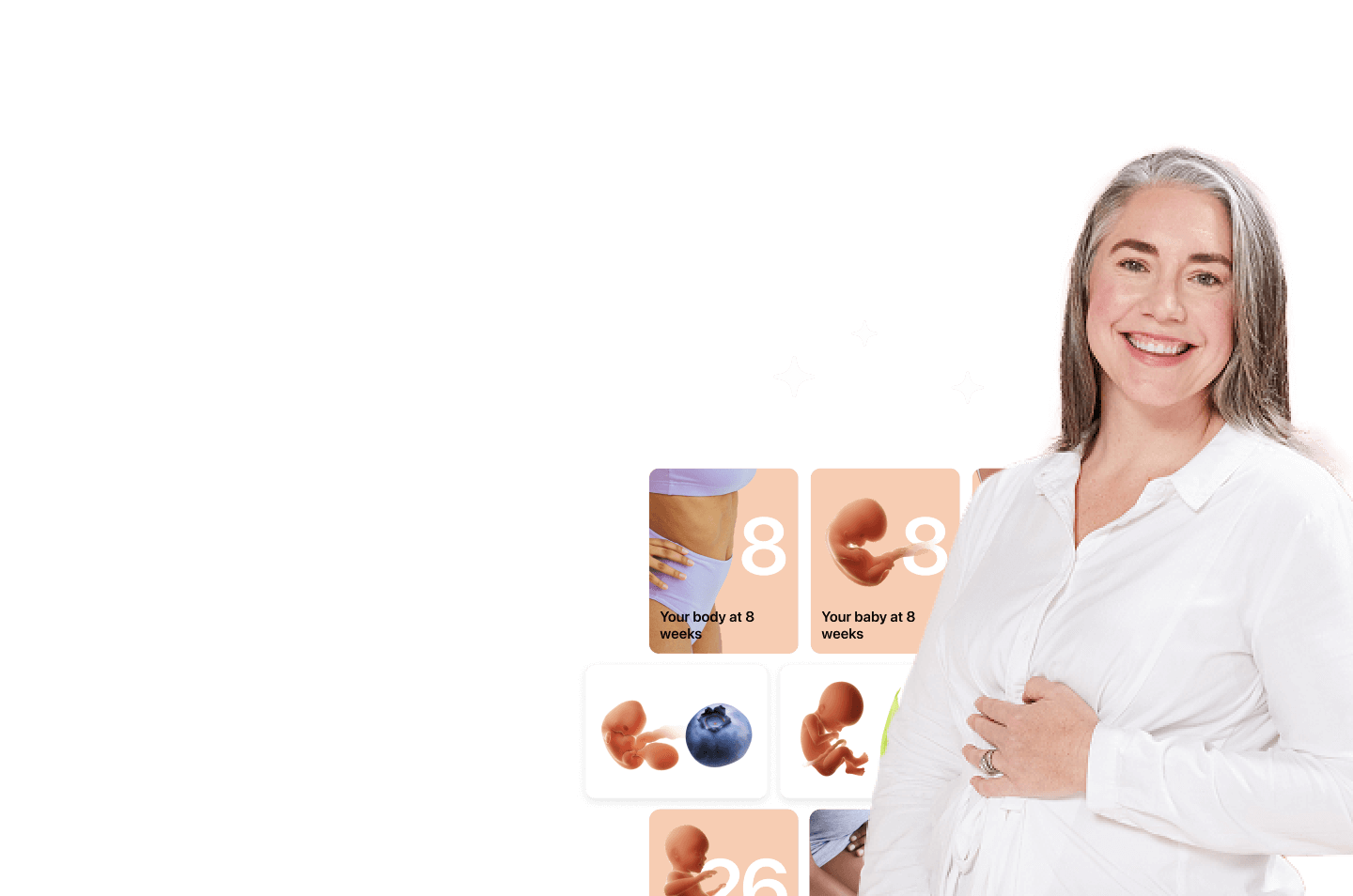
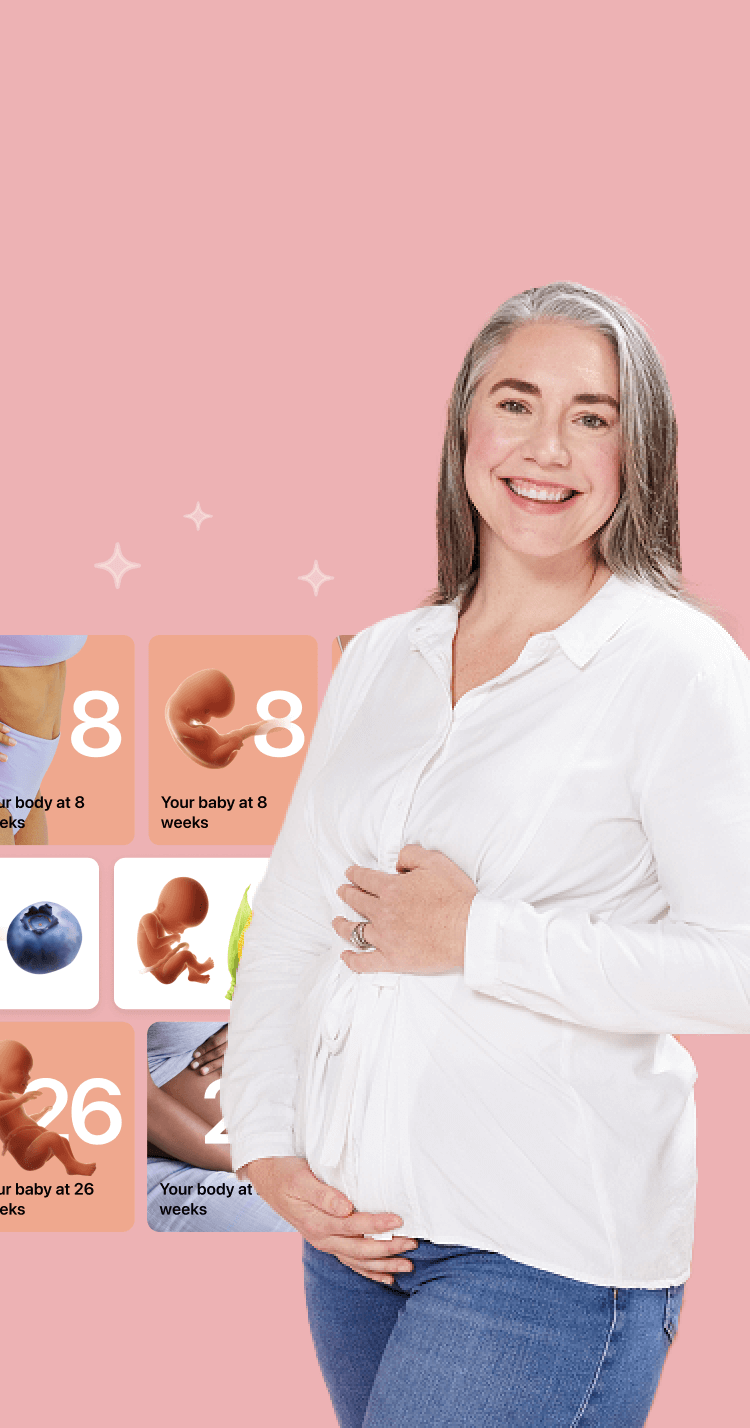
I vividly
remember the day
that we switched
Flo into
Pregnancy Mode — it was
such a special
moment.
Real stories, real results
Learn how the Flo app became an amazing cheerleader for us on our conception journey.




